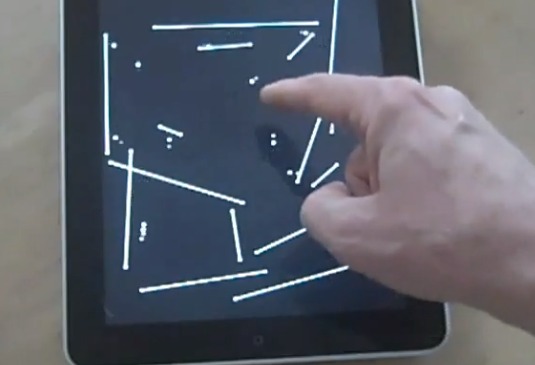Make computer music
Use a computer or tablet to create original songs with simple coding or music apps, exploring beats, melodies, loops, and sound effects.



Step-by-step guide to make computer music
How to start making music with a computer
Step 1
Pick a music app or a simple coding music tool you want to use for your song.
Step 2
Open the app or website and sign in or start a new session.
Step 3
Create a new project or song file so you have a blank workspace.
Step 4
Choose a tempo or beats per minute (BPM) to set how fast your song will be.
Step 5
Make a drum beat by adding a loop or placing drum sounds on the grid.
Step 6
Choose a melodic instrument sound like piano or synth for your tune.
Step 7
Compose a short 4-bar melody by placing notes or coding note blocks.
Step 8
Add a bassline or a harmony pattern that supports your melody.
Step 9
Use loops to repeat your drum beat and melody to build a verse and a chorus.
Step 10
Try different sound effects or change instrument sounds to make it fun.
Step 11
Adjust volume levels of each track so nothing is too loud or too quiet.
Step 12
Add simple transitions like a drum fill or fade to move between sections.
Step 13
Play the whole song from start to finish and make small edits you like.
Step 14
Export or save your finished song file so it is ready to share.
Step 15
Share your finished creation on DIY.org.
Final steps
You're almost there! Complete all the steps, bring your creation to life, post it, and conquer the challenge!


Help!?
What can we use instead of a paid music app or specific instrument sounds if they are hard to find?
Use free web tools like Chrome Music Lab or a simple coding music tool like Scratch, phone/tablet apps such as GarageBand or BandLab, or substitute built-in sample loops and your own recorded sounds for missing instrument sounds and loops.
My song plays quietly or some tracks don't sound—what should I check?
Check that each track isn't muted and its volume level is raised, confirm you've selected an instrument sound for the track and set a reasonable BPM, and try restarting the app or reloading your project if playback still fails.
How can I adapt the activity for different ages?
For younger kids use ready-made loops and drag-and-drop to build a short drum beat and a 2-bar melody, for ages 8–12 have them place a 4-bar melody, add a bassline and repeat with loops, and for teens introduce coding note blocks, tempo changes, and transitions to make verse and chorus sections.
How can we extend or personalize the song after finishing the basic steps?
Personalize it by recording your voice or household sounds as new samples, experimenting with effects and instrument swaps, adding longer sections or drum fills as transitions, then export/save the finished file and share it on DIY.org.
Watch videos on how to make computer music
I Learn How to Produce Music in 12 DAYS!
Facts about music technology for kids
🔁 A musical loop is a short sound or beat that repeats; many pop hits and game tracks are built by layering loops.
🎹 MIDI, introduced in 1983, is a language that lets keyboards, apps, and computers talk to each other to trigger sounds and controls.
🎚️ Modern digital audio workstations (DAWs) can handle dozens or even hundreds of tracks and effects to mix full songs on a computer or tablet.
🧩 Scratch and other block-coding tools let kids arrange sounds and loops without typing traditional code — perfect for making songs fast!
🎧 The first experiments in computer-generated music happened in the 1950s when researchers used huge mainframes to play simple tones.
How do you make computer music with simple coding or music apps?
What materials do I need to make computer music?
What ages is making computer music suitable for?
What are the benefits and safety tips for making computer music?


One subscription, many ways to play and learn.
Only $6.99 after trial. No credit card required



